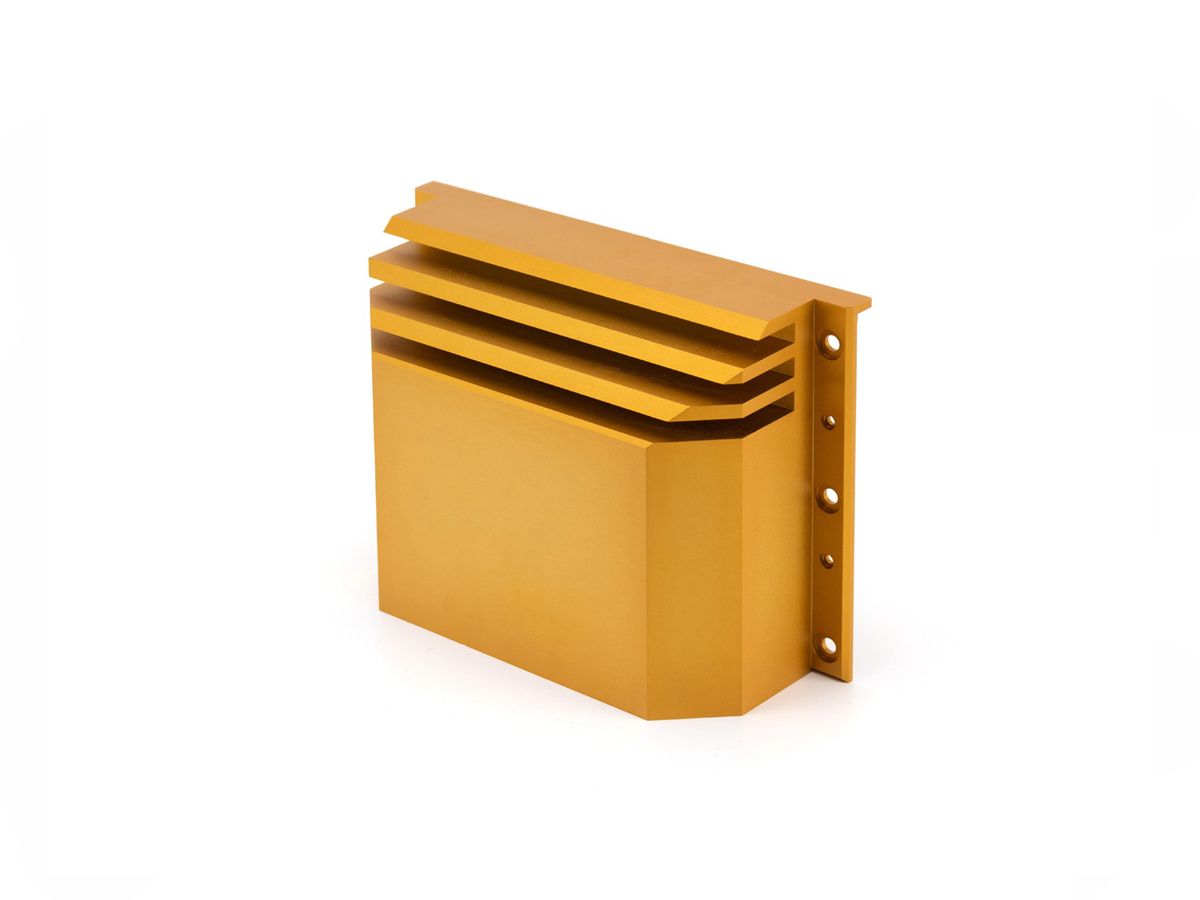Custom CNC Machined Brackets and Enclosures for Everyday Consumer Products
CNC Machining for Brackets and Enclosures
Today's consumer products require precise brackets and enclosures that combine functionality, aesthetics, and durability. Custom CNC machined brackets and enclosures utilize advanced techniques like precision milling and turning to produce intricate designs from materials such as aluminum alloys, stainless steel, plastics, and carbon steel. This ensures consistent quality, precise tolerances, and superior finishes essential for everyday applications.
Typical components produced include smartphone housings, appliance brackets, electronic enclosures, protective casings, wearable tech frames, and furniture fixtures—demonstrating CNC machining's critical role in enhancing consumer product reliability and visual appeal.
Material Performance Comparison
Material | Tensile Strength (MPa) | Machinability | Corrosion Resistance | Typical Applications | Advantages |
|---|---|---|---|---|---|
240 | Excellent | Excellent (>800 hrs ASTM B117) | Electronic casings, aesthetic covers | Lightweight, good surface finish | |
515 | Good | Superior (>1000 hrs ASTM B117) | Durable brackets, structural enclosures | High strength, excellent corrosion resistance | |
40-50 | Excellent | Good chemical resistance | Protective covers, lightweight brackets | Cost-effective, easy to machine | |
570 | Excellent | Moderate (with surface treatments) | Heavy-duty brackets, robust fixtures | High strength, versatile applications |
Material Selection Strategy
Appropriate material selection ensures brackets and enclosures fulfill consumer product demands:
Aluminum 6063 (Tensile Strength: 240 MPa) is ideal for lightweight casings, appliance panels, and decorative parts, providing excellent machinability, aesthetic anodized finishes, and sufficient corrosion resistance.
Stainless Steel SUS304 (Tensile Strength: 515 MPa) is suited for structural brackets and enclosures demanding high mechanical strength, superior corrosion resistance (>1000 hrs ASTM B117), and durable surface finishes for prolonged consumer use.
ABS Plastic (Tensile Strength: 40-50 MPa) offers easy machining, good chemical resistance, and cost-effectiveness, making it ideal for protective covers, light-duty enclosures, and ergonomic brackets.
Carbon Steel 1045 (Tensile Strength: 570 MPa) is preferred for heavy-duty brackets and internal fixtures due to its exceptional strength and adaptability when combined with protective surface treatments such as powder coating or plating.
CNC Machining Processes
CNC Machining Process | Dimensional Accuracy (mm) | Surface Roughness (Ra μm) | Typical Applications | Key Advantages |
|---|---|---|---|---|
±0.01 | 0.8-1.6 | Flat enclosures, simple brackets | Cost-effective, efficient | |
±0.005 | 0.4-1.2 | Complex brackets, ergonomic enclosures | Improved accuracy, moderate complexity | |
±0.005-0.01 | 0.4-1.2 | Cylindrical fasteners, precise fittings | Superior rotational symmetry | |
±0.01-0.02 | 0.8-1.6 | Mounting holes, assembly points | Precise hole placement |
CNC Process Selection Strategy
Optimizing CNC machining methods enhances precision and cost-effectiveness:
3 Axis CNC Milling offers economical production of simple brackets and flat-panel enclosures (±0.01 mm tolerance), ideal for straightforward consumer products.
4 Axis CNC Milling achieves greater complexity and tighter dimensional accuracy (±0.005 mm), perfect for brackets and enclosures requiring ergonomic shapes and functional aesthetics.
Precision CNC Turning guarantees excellent rotational precision (±0.005 mm), essential for consumer product components like fasteners, knobs, and cylindrical connectors.
CNC Drilling provides precise and repeatable holes (±0.01 mm), crucial for assembling brackets and enclosure components, ensuring reliable consumer product integration.
Surface Treatment Comparison
Treatment Method | Surface Roughness (Ra μm) | Corrosion Resistance | Hardness (HV) | Applications |
|---|---|---|---|---|
0.6-1.2 | Excellent (>800 hrs ASTM B117) | 300-400 | Steel brackets, protective enclosures | |
0.4-1.0 | Excellent (>1000 hrs ASTM B117) | 400-600 | Aluminum cases, aesthetic brackets | |
0.2-0.8 | Superior (>1000 hrs ASTM B117) | 400-600 | Decorative metal fittings, brackets | |
0.8-1.6 | Good (>500 hrs ASTM B117) | Moderate | General enclosures, consumer products |
Surface Treatment Selection Strategy
Selecting suitable surface treatments optimizes consumer product brackets and enclosures through:
Powder Coating: Durable finishes and corrosion protection for steel brackets.
Anodizing: Enhanced aesthetic appeal and corrosion resistance for aluminum parts.
Electroplating: Superior corrosion resistance and premium aesthetics for decorative metal components.
Painting: Cost-effective protective coating for general-purpose enclosures.
Prototyping Methods
CNC Machining Prototyping: Precise prototypes (±0.005 mm), ideal for functional testing.
Rapid Molding Prototyping: Quick-turnaround prototypes for ergonomic evaluations.
3D Printing Prototyping: Cost-effective iterative prototyping (±0.1 mm accuracy).
Quality Inspection Procedures
CMM Inspection (ISO 10360-2): Precision dimensional verification.
Surface Roughness Test (ISO 4287): Validates surface quality standards.
Salt Spray Test (ASTM B117): Ensures corrosion resistance compliance.
Visual Inspection (ISO 2859-1, AQL 1.0): Ensures cosmetic and functional standards.
ISO 9001:2015 Documentation: Maintains traceability and quality assurance.
Industry Applications
Consumer Products: Smartphone brackets, wearable device enclosures, appliance fittings.
Automotive: Dashboard mounts, sensor enclosures, control panel brackets.
Medical Device: Diagnostic equipment casings, monitor mounts, precision instrument brackets.
FAQs:
Why use CNC machining for consumer product brackets?
Which materials suit brackets and enclosures best?
How does surface finishing enhance product appeal?
What prototyping methods best fit consumer products?
What quality assurance methods ensure superior products?
2/2

